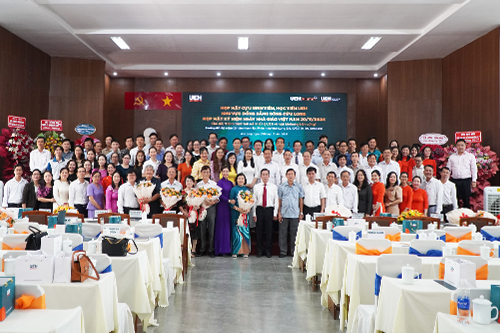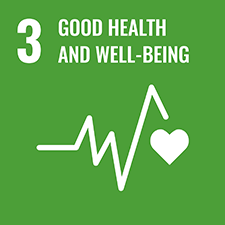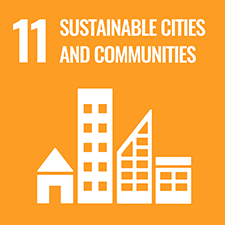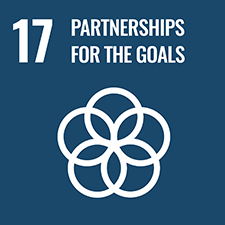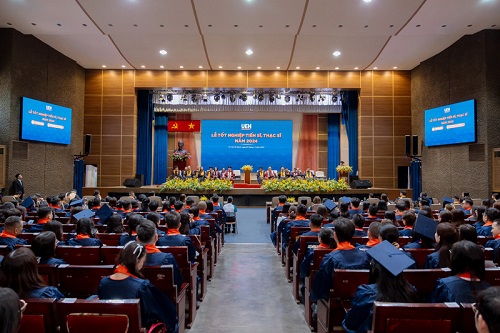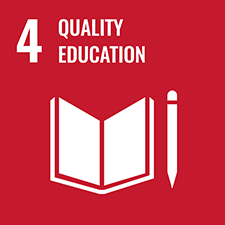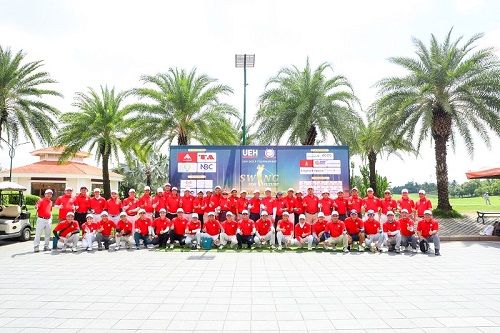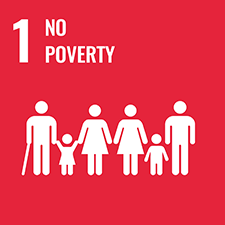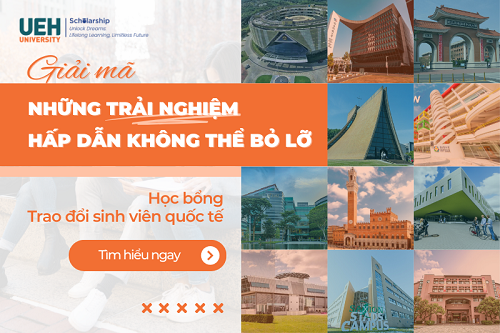
The environment is not for investors to spend for free!
06 Apr, 2021
(KTSG Online) - No one pays to breathe the air because they are almost free, but investors should pay for the ecosystem services that the project receives from mangroves or upstream protection forests.
This is one of the main contents of KTSG Online recorded through the exchange with Dr. Pham Khanh Nam, Director of the Economy and Environment Partnership for Southeast Asia (EEPSEA), Director of the Environment for Development of Vietnam (EfD-Vietnam). The exchange revolves around the story of balancing the beneficial relationship between ecosystems, investors, managers and society in the world biosphere reserves in Vietnam.
.jpg)
Dr. Pham Khanh Nam. Photo: Provided by the character.
KTSG Online: In recent years, the public has reacted very strongly to many environmental projects. Thus, the management and control of project investment activities in the world biosphere reserves will have to be taken care of and tightened, right?
- Dr. Pham Khanh Nam: The concept of biosphere reserve was introduced by UNESCO in the early 1970s, after noticing that the reserve management still has many problems. This is because the management tool of the reserve is usually prohibited from exploitation. However, people living in the surrounding area still exploit natural resources, which law enforcement cannot prevent because the livelihood pressure is too great.
Space is expanded into a Biosphere Reserve and divided into three regions. In which the core region is essentially functioning to preserve and support the cultural and educational work of science and technology. At the same time, the buffer zone and transitional zone also have the function of socio-economic development, allowing people and authorities to participate in the exploitation and use of environmental resources and goods and services that the ecosystem brings.
The transition zone allows more enterprises to operate. This is also a subject with more power than farmers. They carry out development projects, e.g. infrastructure construction, roads, harbors, urban areas. These projects are located in the biosphere reserve (KDTSQ), which should follow the first principle of being located only in the transitional zone, which must also comply with the conventions in the signed international treaties.
In addition to the "transitional space" factor, are the current regulations related to the environment adequate, sir?
- As a rule, a project must assess the environmental impact, see the impact on quantity and quality. During the construction and operation, that project must see how many hectares of forest are lost, how it affects the environment, soil degradation, biodiversity, etc., independently assessed and consulted by stakeholders, beneficiaries, communities. However, objectively, many environmental impact assessment is only formal because it does not really show the project’s true impact on the environment in both the present and the future.
We have all seen environmental consequences clearly in recent years, such as the impact of hydropower projects, or paper factories, seafood processing. However, there is environmental impact assessment in the Mekong Delta but incomplete or not practical. People around downstream have protested because polluted river water could not be irrigated, or many other consequences such as running out of groundwater due to increased exploitation and subsidence.
International experience is required to have regulations on the analysis of cost benefits, i.e., thevalue in cash and the environmental impacts of the project. Cost-benefit analysis will show whether this project is truly beneficial to society while assessing the environmental impact only indicates whether the increase or environmental degradation, not the value of environmental benefits, is large or small.
For example, if a project wipes out 100 hectares of forest for construction, the environmental impact assessment only assesses how much rich or poor forests go in terms of quantity and quality, and the cost benefits analysis must be estimated in cash.
.jpg)
A corner of mangrove forest in Can Gio. After the Government agreed to adjust the area of Can Gio encroachment urban area from 600ha to 2,870ha, with a total investment of more than VND 217,000 billion, last year, the People's Committee of Ho Chi Minh City in February 2021 issued four decisions approving detailed planning tasks with the scale of 1/500 Can Hour coastal tourism urban area, Can Hour district for sub-zones A, B, C, D, E. Photo: D.Nguyen
What does it mean to estimate with specific money, sir?
The principle of cost-benefit analysis is to calculate the entire value of environmental damage, the ecosystem brought about by the development project into money, to include in the calculation table. Ordinary investors do not include this cost in the project cash flow calculation report.
From a management perspective, the state needs to know besides the costs and benefits to the investor and the cost of environmental damage. These costs should be listed and taken into account because these are costs that are borne by the people around, the country and future generations.
Although cost-benefit analysis in Vietnam is still a new concept, in the U.S., it is legalized for more than 100 years in the Water Management Act. Scientifically, as well as special management experience in terms of behavior with ecosystems, environmental resources goods, we need to analyze the cost benefits to make an accurate decision whether the project really benefits society or not. If it only brings profits to investors, not creates social benefits, it is not recommended to implement the project.
.png)
Urbanization in the period 1997-2017 is one of the typical causes of mangrove forest area in some coastal provinces in the Mekong Delta region disappear. Source: provided by the character.
In addition to the need to calculate the correct costs of the project to widen the information line, project management related to goods, especially the environment needs to follow any other principles?
When operating and constructing a project, there is always damage to biodiversity and ecosystems, so biodiversity reimbursement must be carried out. This means that the project causes as much damage to the ecosystem, there must be a compensation plan when the project is passed, for example, cutting down 100ha of forest to pave the way, it must be replanted 100 hectares of forest next door, returned at that level or more.
In addition, the project must also pay for ecosystem services. This means that using any service provided by the ecosystem is required to pay for the service received, not for free.
This tool group has, in fact, had a number of pilot places that have not yet been legalized. For example, Sawaco Water Plant, which uses water sources to create clean water, pays for services to upstream forest guards in Lam Dong and Dong Nai provinces.
More common are some hydroelectric plants. The input water source is free, but to ensure the water source, thanks to the upstream forest, there is the function of supplying water downstream, retaining water, filtering water (to reduce sludge deposited in the bottom of the hydroelectric lake – PV). They help reduce the cost of hydropower; hydropower should also pay the managers of the upstream forest.
But will the above tools still lie in the future?
Interestingly, these tools were present in the revised Environmental Protection Law passed by The National Assembly last November. Article 21 chapter 2 stipulates that projects need to carry out biodiversity reimbursement. The Ministry of Natural Resources and Environment is also currently working on an amendment to the Law on Biodiversity, the most recent being in 2008, which will also officially include the tool.
Another significant point is that chapter 11 of the Law on Environmental Protection is completely a new chapter that provides economic tools for environmental protection, which can be considered a new development of vision to protect the ecosystem. Article 138 says about ecosystem service payment tools. Authorities are still developing specific documents under laws for guidance.
The general view is that the ecosystem has always brought us many benefits. From the past until now we have used the free service, now we need to pay. The management agency can collect the finance to reversely invest in environmental protection so that the ecosystem continues to provide that service to the payer.
As for investment projects, especially those located in the Biosphere Reserve, these new regulations will have to be implemented in the future. If the project does not affect social welfare after analyzing the cost of benefits, performing biodiversity reimbursement and paying ecosystem services but the investor still has financial profits, then the implementation of such investment project is still good.
Thank you, sir!
► See also:
Source: Saigon Economic Newspaper online

